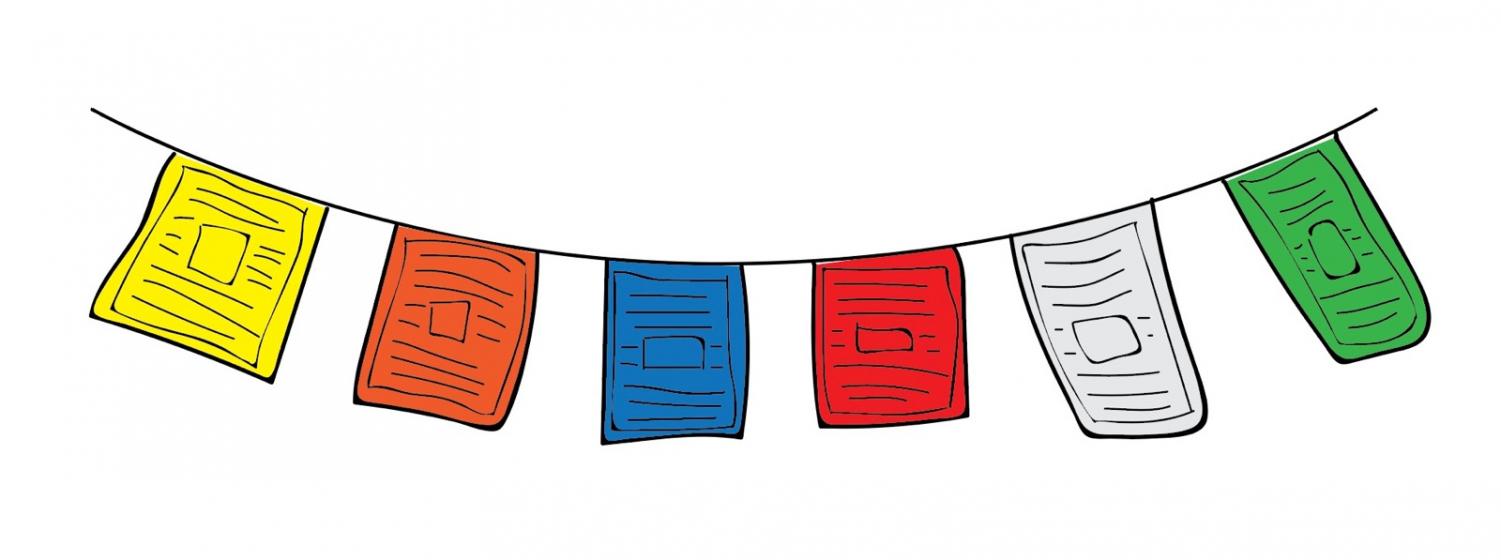Another Perspective on Cultural appropriation
October 29, 2017
In light of the PSA’s plastered around campus around Halloween time reminding us that ‘My culture is not a costume’ for an often-times oblivious perpetrator, it seems important that we re-think cultural appropriation, and especially why we find it so objectionable. At the core of it, it seems to be the appropriation or misappropriation of a certain cultural groups’ symbols, or really anything of significance to that group such as fashion, hairstyles, language, songs, etc. by another group (often times the ‘dominant’ or more powerful group). Perhaps my definition is rough around the edges, especially because it leaves out the context of historical struggles and colonization within the United States. But the issue that arises with cultural appropriation goes to the question of ownership, or of what really ‘belongs’ to a certain culture. What counts and doesn’t count as ‘cultural appropriation,’ especially when we take into consideration the decades that pass from when something of cultural significance is created/adopted to when another group decides to appropriate it? When does the line between cultural appropriation and cultural exchange get blurred? And although we traditionally object to cultural appropriation when the dominant white majority appropriates minority cultures within the context of the United States, how do we deal with different minority groups appropriating each others’ cultures?

These questions are so difficult to answer because it’s hard to define culture, and only recently has technology advanced such that different cultures now come into direct contact with each other. People immigrate oftentimes, bringing many of their cultural practices, and the internet makes a lot information that used to be only available to that culture available to anyone with wifi, and a willingness to learn (foreign tv shows, recipes, etc). And unless some experts or leaders of cultural communities decide to speak up and painstakingly announce what actually ‘belongs’ to each culture, and all the members of that community agree to what is acceptable, we are often left unsure as to what really is culturally appropriative. The answer to this uncertainty is, I think, to both acknowledge that it is a difficult issue, and to realize that at the core of every cultural appropriation issue are people who may be hurt by someone’s actions. If one was hypothetically wearing a Native American headdress, sure it might look super ‘cool,’ but if someone were to directly tell you that the headdress was harmful and damaging, it seems very much obvious that individual in question should reflect on their actions and change.
At the crux of the issue is that we may be hurting our fellow citizens, peers and friends alike. It is no radical statement to say that we should care about the feelings of others, and that we should respect other people. And even if, as a society, we haven’t hammered out all of the nuances of what’s problematic about cultural appropriation, we owe it to another person to care about their feelings, and to care about their humanity when they may be telling us we’re doing something wrong. No one should be exempt from compassion, and we should all acknowledge our own potential weaknesses and flaws. Cultural appropriation often times doesn’t come from a place of malice, but rather of ignorance because the issue is so difficult. It is the burden of those who might appropriate to listen and care when something is pointed out, be it online or in person. The academics, sociologists and cultural leaders may take some time to figure it all out in detail, but until then, the response to harmful cultural appropriation may be to consider the person or people hurt, and consider how you think a kind human being should behave.





